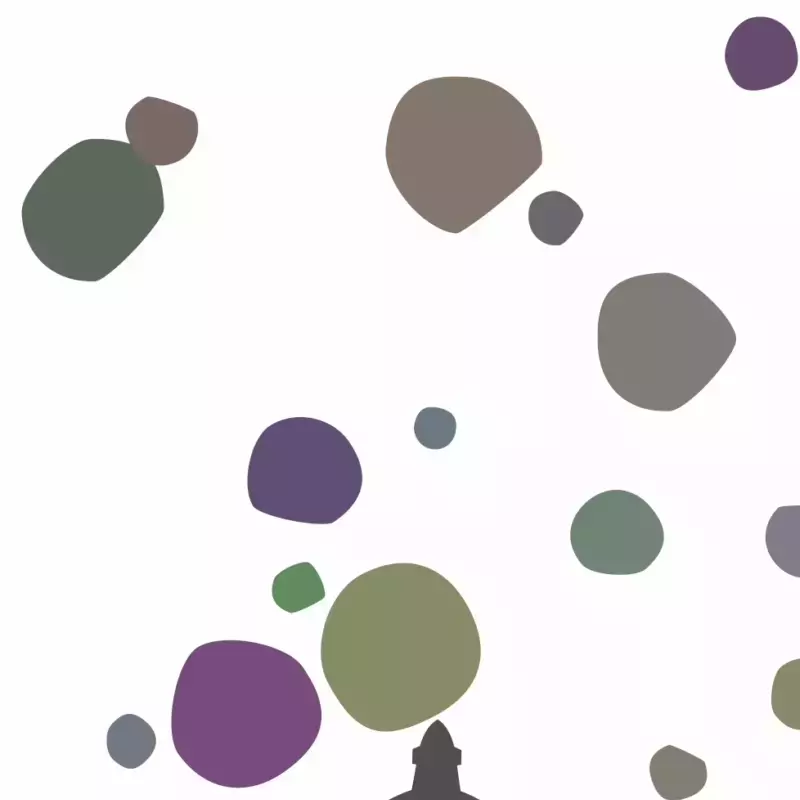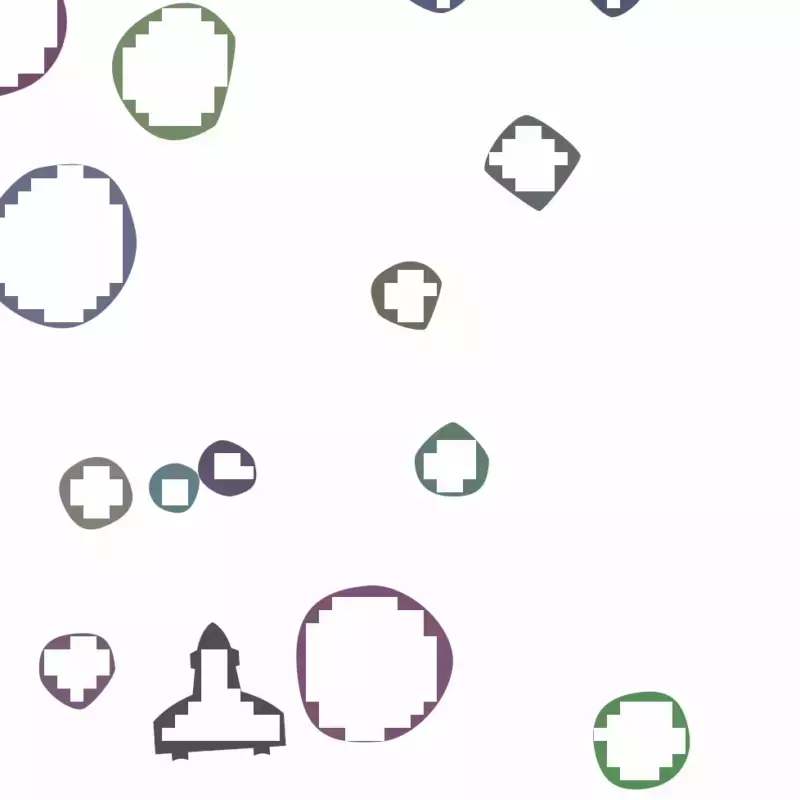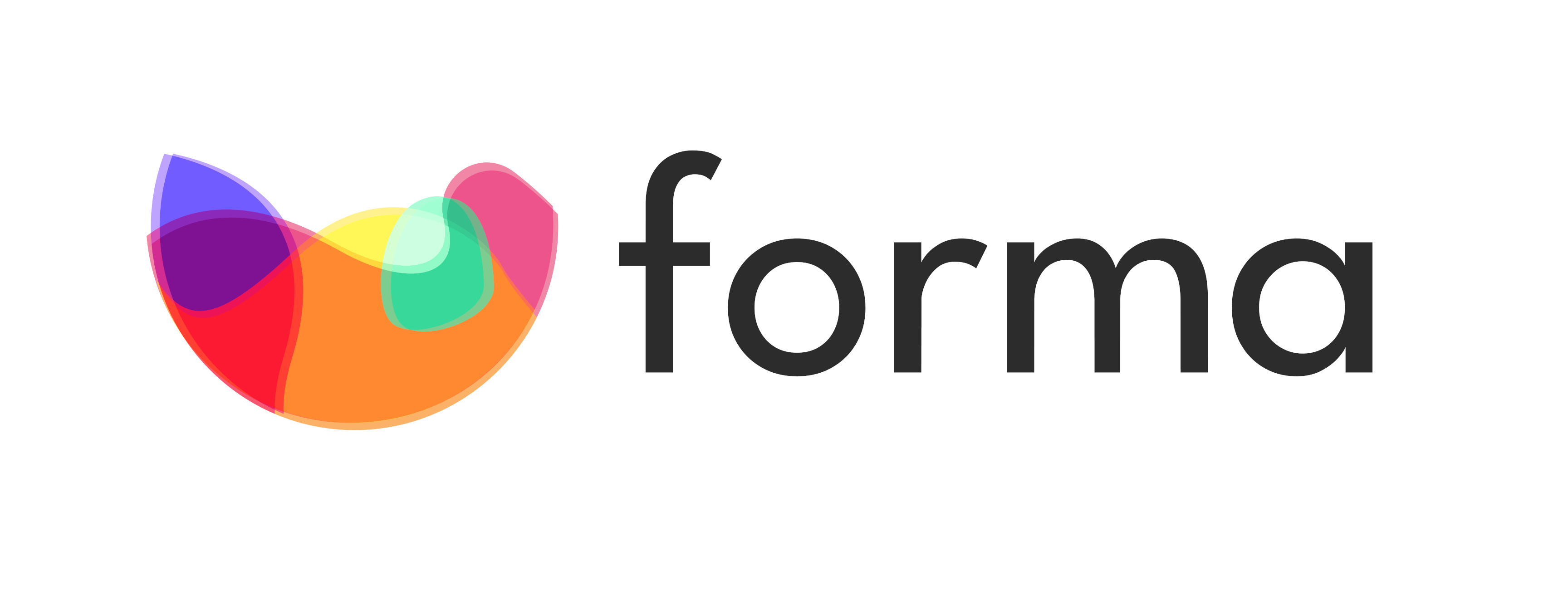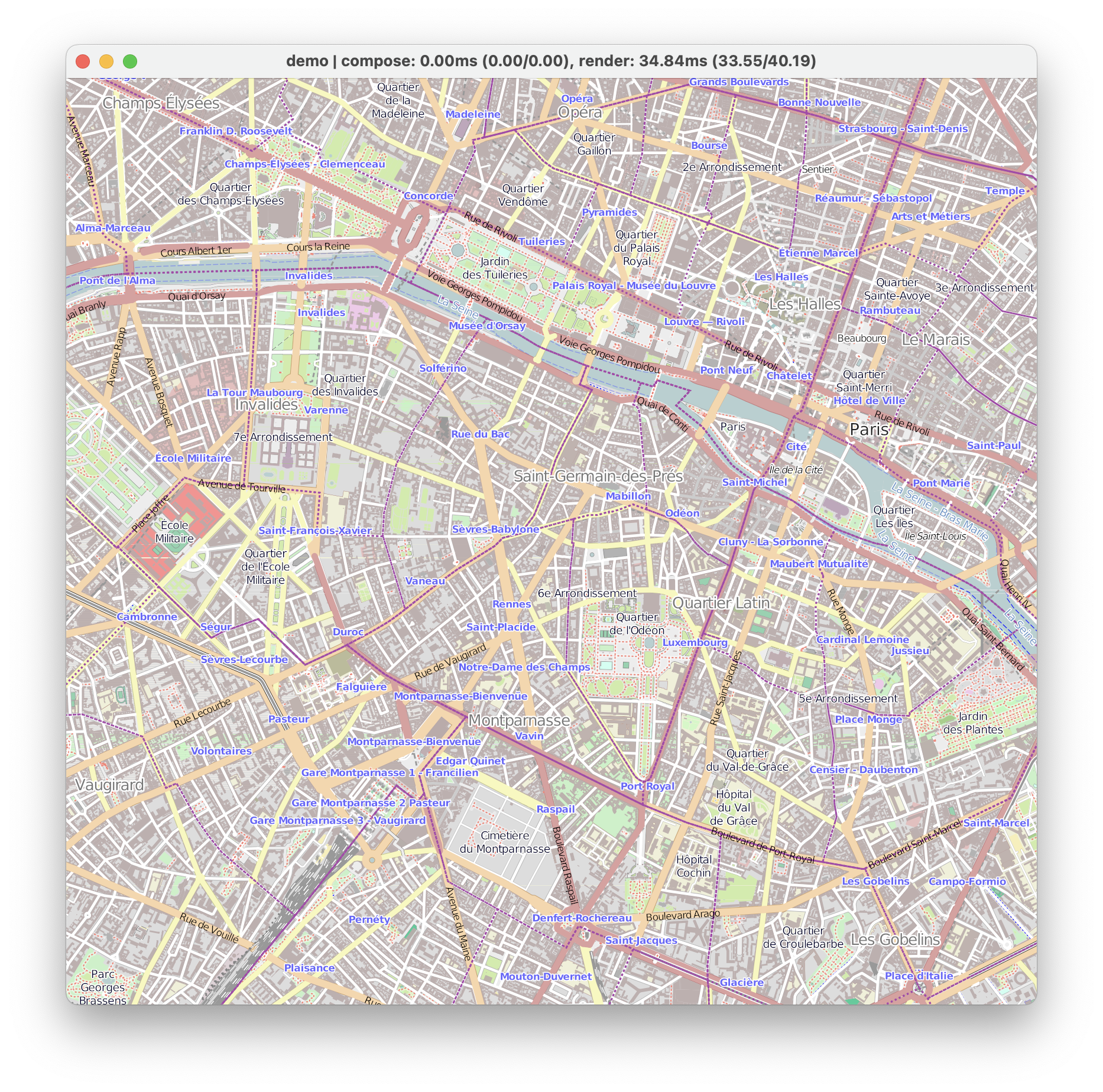A (thoroughly) parallelized experimental Rust vector-graphics renderer with both a software (CPU) and hardware (GPU) back-end having the following goals, in this order:
- Portability; supporting Fuchsia, Linux, macOS, Windows, Android & iOS.
- Performance; making use of compute-focused pipeline that is highly parallelized both at the instruction-level and the thread-level.
- Simplicity; implementing an easy-to-understand 4-stage pipeline.
- Size; minimizing the number of dependencies and focusing on vector-graphics only.
It relies on Rust's SIMD auto-vectorization/intrinsics and Rayon to have good performance on the CPU, while using WebGPU (wgpu) to take advantage of the GPU.
Add the following to your Cargo.toml dependencies:
forma = { version = "0.1.0", package = "forma-render" }| 1. Curve flattening | 2. Line segment rasterization | 3. Sorting | 4. Painting |
|---|---|---|---|
| Bézier curves | line segments | pixel segments | sorted pixel segments, old tiles |
| ⬇️⬇️⬇️ | ⬇️⬇️⬇️ | ⬇️⬇️⬇️ | ⬇️⬇️⬇️ |
| line segments | pixel segments | sorted pixel segments | freshly painted tiles |
Here are a few implementation highlights that make forma stand out from commonly used vector renderers.
Curvature-aware flattening
All higher cubic Béziers are approximated by quadratic ones, then, in parallel, flattened to line segments according to their curvature. This technique was developed by Raph Levien.
Cheap translations and rotations
Translations and rotations can be rendered without having to re-flatten the curves, all the while maintaining full quality.
Parallel pixel grid intersection
Line segments are transformed into pixel segments by intersecting them with the pixel grid. We developed a simple method that performs this computation in O(1) and which is run in parallel.
Efficient sorting
We ported crumsort to Rust and parallelized it with Rayon, delivering improved performance over its pdqsort implementation for 64-bit random data. Scattering pixel segments with a sort was inspired from Allan MacKinnon's work on Spinel.
Update only the tiles that change (currently CPU-only)
We implemented a fail-fast per-tile optimizer that tries to skip the painting step entirely. A similar approach could also be tested on the GPU.
| Animation as it appears on the screen | Updated tiles only |
|---|---|
 |
 |
You can run the demo above with:
cargo run --release -p demo -- spaceshipforma draws heavy inspiration from the following projects:
You can use the included demo example to render a few examples, one of which is a non-compliant & incomplete SVG renderer:
cargo run --release -p demo -- svg assets/svgs/paris-30k.svgIt renders enormous SVGs at interactive framerates, even on CPU: (compare to your web browser)
Since this project is work-in-progress, breakage in the API, while not drastic, is expected. The performance on the GPU back-end is also expected to improve especially on mobile where performance is known to be poor and where the CPU back-end is currently advised instead.
Other than that:
- Automated layer ordering
- Strokes
- More color spaces for blends & gradients
- Faster GPU sorter
- Use of
f16for great mobile GPU performance
This is not an officially supported Google product.


